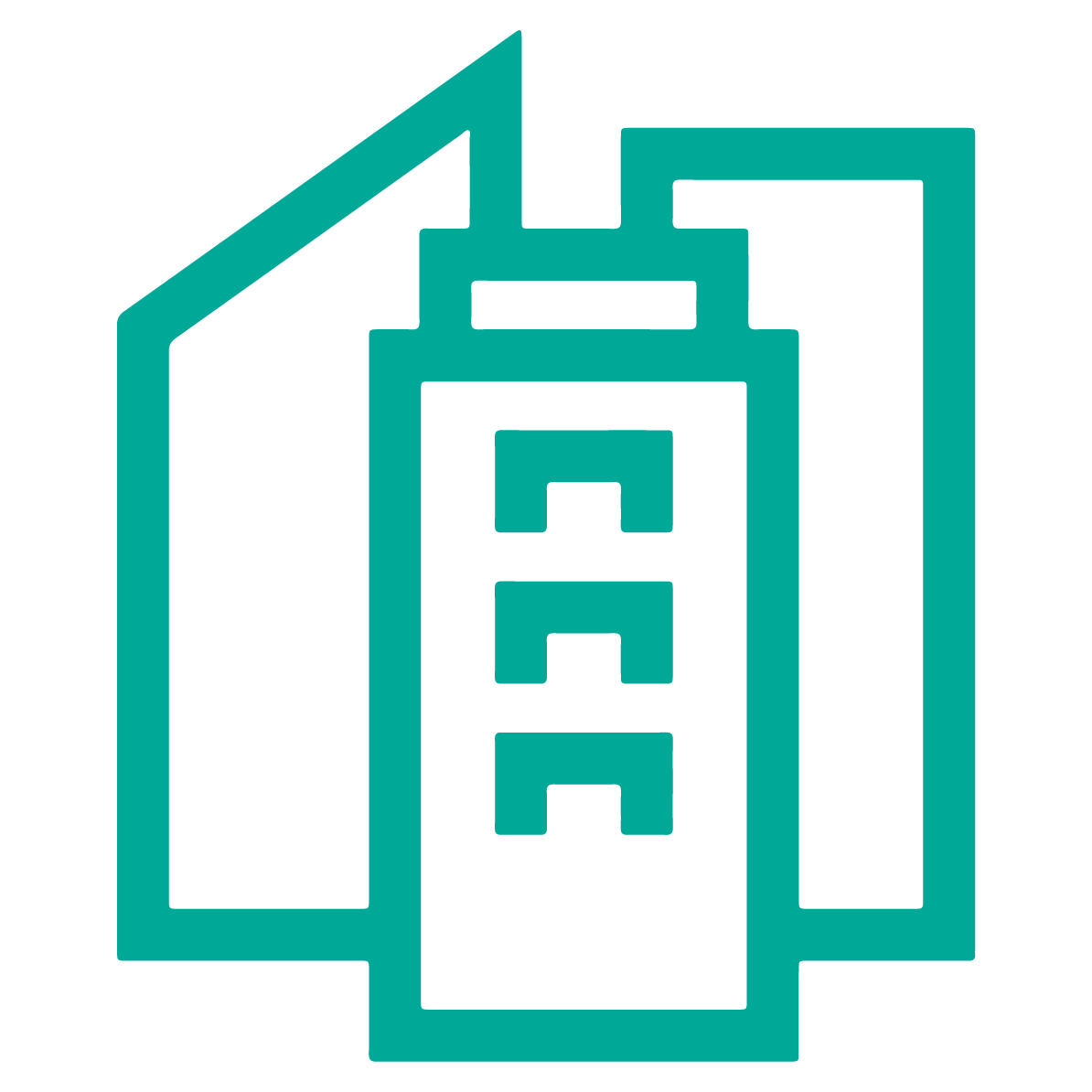Settlement Profiling Tool
Summary
There are many actors, ongoing activities and varied sets of data in most humanitarian or refugee crises, particularly when the crisis is protracted. This inhibits clarity and a common understanding of the issues, and hinders a coordinated response.
Almost without exception, there is no strategic or cross-sectoral spatial understanding of the situation. Often in protracted settings, a cycle of shifting, well-intentioned but short-term and sector-specific humanitarian responses will culminate in unsustainably costly operations that nevertheless struggle to provide dignified living conditions. This has left communities facing increased long-term vulnerability, inhibiting self-reliance and increased disaster risk. In light of this, it has become clear that a more planned response is required to address the issues that arise from rapid urban development and humanitarian crisis.
As part of ongoing UN system-wide agendas, (including the New Way of Working, the New Urban Agenda and the Sustainable Development Goals) UN-Habitat has been developing and utilizing cross-sectorial Settlement Profiles to help inform urban development policy decisions. This has been done by providing comprehensive high-level spatial analysis on urban systems, then making strategic policy or project recommendations based on the findings. UN-Habitat in partnership with UNHCR has developed two pilot settlement profiles in Kebribeyah (Ethiopia) and Nakivale (Uganda).
Settlement profiles offer a detailed snapshot of the condi¬tions of urban and urban-like areas. This information can be used by officials, UN Agencies, Donors, NGOs and other stakeholders to inform settlement planning decisions and target sustainable infrastructure investment. A settlement profile is not a plan. It is instead a repository of spatial information that can be used to inform planning and development. The information is mapped and can include broad demographic data, from information on mobility and infrastructure to environmental studies. By going beyond analysis to provide recommendations or outlined scenarios that are relevant to policy, settlement profiles help establish political priorities and entry points for discussions with partners, communities and local governments about what to plan, where and when.
This settlement profiling tool is particularly focused on situations where protracted displacement has occurred, and supports a shift towards prioritising development interventions. The profile outputs should provide a concise and useful framework to help target investment in recovery situations. A settlement profile is intended to be used in conjunction with existing policies, organisational mandates, technical guidelines and studies to further support humani¬tarian actors. In particular, this includes UNHCR operations (e.g. country-level coordinators) when operating in urban contexts, which require a multi-faceted understanding of the specific conditions, dynamics and systems unique to urban and urban-like areas.
Author/Editor
UNHCR - UN High Commissioner for Refugees
Year
Themes
Capacity-Building
Conflict & post-conflict
Environmental Resilience
Housing
Land
Migration
Planning & Design
Risk & Resilience
Social Inclusion
Youth & Livelihoods
Sustainable Development Goals
Goal 1 - End poverty in all its forms everywhere
Goal 6 - Ensure availability and sustainable management of water and sanitation for all
Goal 7 - Ensure access to affordable, reliable, sustainable and modern energy for all
Goal 8 - Promote sustained, inclusive and sustainable economic growth, full and productive employment and decent work for all
Goal 11 - Make cities and human settlements inclusive, safe, resilient and sustainable
Goal 16 - Promote peaceful and inclusive societies for sustainable development, provide access to justice for all and build effective, accountable and inclusive institutions at all levels
New Urban Agenda Commitments





